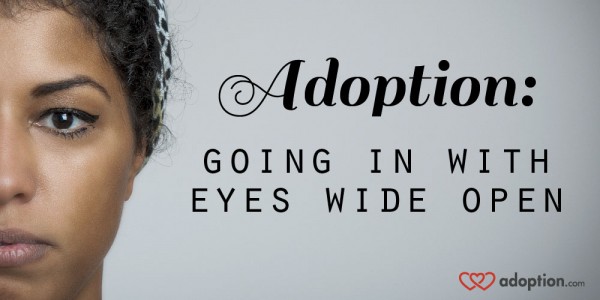I watched Oprah Winfrey’s recent interview with Matt Sandusky with great interest. Matt was one of six adopted children of Jerry Sandusky, convicted child molester. During the trial in 2012, Matt came forward to indicate that Jerry had also molested him at a young age.
During the interview, Matt said that he met Jerry Sandusky through his Second Mile charity for at-risk youth and that Sandusky began sexually abusing him when he was around 10 years old. Matt got into some trouble for setting fire to a barn during his teenage years, and instead of being placed in juvenile detention, Jerry Sandusky convinced the presiding judge that Sandusky should take custody of Matt. The judge obliged, and not too long afterward, Matt attempted suicide.
At the time of Matt’s attempted suicide, he had not yet been adopted. His biological mother had raised objections even before the initial placement with the Sanduskys through the foster care system after he had gotten himself into trouble. She had noticed that Matt began acting out after becoming acquainted with Jerry Sandusky, and that his behavior became progressively worse. After the attempted suicide, the probation department also raised concerns about Matt’s placement with the Sanduskys. Still, the adoption process went forward and Matt was adopted at the age of 18.
While the adoption itself would not have changed the course of events leading up to that point, it seems clear that there were warning signs even before he was placed with the Sanduskys through the foster care system. Yet Jerry was well revered in the community, a long-time assistant football coach for the beloved Penn State Nittany Lions. Although there were objections, the presumption was that this was a stand-up guy, and that was that.
Children who are placed for adoption are generally very vulnerable. Whether they are newborn, eighteen, or somewhere in between, they are not in a typical family situation where they have love and consistency in their lives. They desperately need the professionals involved to be on their game, to know and understand warning signs, and to always look out for the best interest of the child when recommending a placement and seeing it through to completion.
I was lucky to be adopted by two loving parents when I was 3 months old, but when my parents adopted two older children when I was 2 years old, they had no way of knowing that one of them would sexually abuse me nine years later. My parents simply wanted to add to the family. Things were going well, and they wanted to provide a home to two other boys who needed one. My two older “brothers” seemed to have behavior issues from the outset, yet none of the professionals involved had raised any potential red flags or provided any guidance.
Who knows what happened in their foster home? Nobody ever will. It’s more than 40 years later, but I can say with a pretty good level of confidence that it was likely not a loving, caring home. We always hear about the first five years being the most important. Well, those were already gone for both of them before they ever set foot in our household. And we don’t know what happened. We just don’t know.
But should someone have known? I would argue that the professionals involved should have known that something was amiss. They should have at least known enough to explain the potential issues that could come along with children who have already spent a good number of their formative years in another setting. They should have known enough to provide guidance to young, naïve parents to look for signs of behavioral issues and seek appropriate treatment if those signs became apparent. And they should have investigated the former foster home when those signs did indeed become apparent.
My story is not the same as Matt Sandusky’s. But it is similar in that we were sexually abused by members of our own family, each of who was in a relative position of power. For him, it was his “father.” For me, it was an older brother. For both of us, there were warning sings that could and should have been heeded by professionals. For both of us, we are the ones paying the lifelong price of having been sexually abused as a child, and it is indeed a steep, lifelong price. Collectively, we need to do a better job of looking for and understanding the warning signs and making the protection of every child the top priority. We owe at least that to our vulnerable children.

